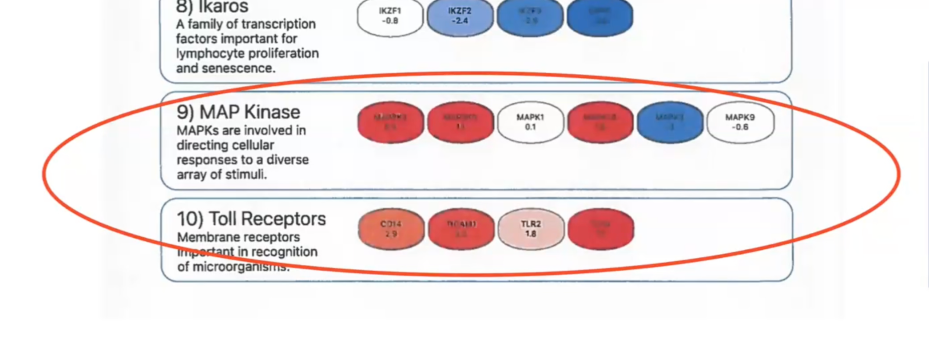Genomics: How Your Genes Can Make Mold More Dangerous
Genomics is the study of your genes. Genes are like tiny instruction books inside every cell in your body. They tell your body how to grow, how to heal, and how to stay healthy. You got your genes from your parents, and everyone’s genes are a little different—like a special recipe that makes you, you.
Dr. Andrew Heyman uses a great illustration of a symphony of musical instruments. What if the violin is out of tune and the trombone slide is sticking, the music goes on and is just a little out of tune. Some of these small differences can change how your body reacts to things around you. That means some people’s bodies can handle mold and dust from a water-damaged home without much trouble, while others get very sick. Genomics helps scientists and doctors understand these differences so they can help people stay safe.
Why Some People Get Sicker from Mold
If two people live in the same moldy house, they won’t always get sick in the same way. One personmight feel fine, but the other could feel tired, have headaches, and even struggle to think clearly. I have seen families struggle in processing the fact that one occupant has life changing symptoms, and the other occupants are unaffected. This can create stress in the home.
Scientists think that about 1 out of every 5 people has these “hard to clean” genes. For these people, mold can cause serious health problems like brain fog, joint pain, mood changes, upset stomach, or feeling sick almost all the time. Without knowing this, families might spend years wondering why they don’t feel better—never realizing it’s both the home and their genes causing the trouble.
How Genomics Testing Works
Doctors can use a simple blood test to look at your genes and see if you have the type that makes it harder to deal with mold toxins. This test can explain why some people don’t get better, even after leaving a moldy home.
There’s also a newer kind of test called transcriptomics. This doesn’t just look at your genes—it checks which genes are “turned on” and “turned off” while your body is fighting something. If you’ve been in a water-damaged home, transcriptomics can show if your body is reacting to mold, bacteria, or other harmful particles. It’s like seeing the battle happen inside your body in real time. The MAP kinase & Toll Receptor genes literally tell the doctor if, and what type of biotoxins are in your home. This is matched to the qPCR labs that your mold inspector has already taken at this point in the process. Confirming the type and level of contamination in your home.
Why This Matters for Mold Inspectors
Knowing about genomics can help mold inspectors understand why a home must be cleaned so carefully. If the person living there has genes that make them more sensitive to mold, even a small amount left behind could keep them sick. For example, most people might feel fine after a basic cleanup, but for someone with these genes, “good enough” is not safe. A level 4 NORMI Decontamination plan is needed. An NCRSI NORMI trained mold inspector will ensure this process is completed successfully with post decontamination qPCR testing. This teamwork can mean the difference between staying sick and finally feeling healthy again.
Protecting Your Health
If your home has water damage or mold, and you keep feeling sick no matter what you try, it might be your genes making the problem worse. Genomics testing can help you find out if your body has trouble clearing mold toxins. A good mold inspector can find and remove the hidden mold, bacteria, and toxins in your home.
A doctor can check your genes and help your body heal. Together, they can give you back a safe home and a healthy life. Your home should be the place where you rest and feel well—not the place that makes you sick.

